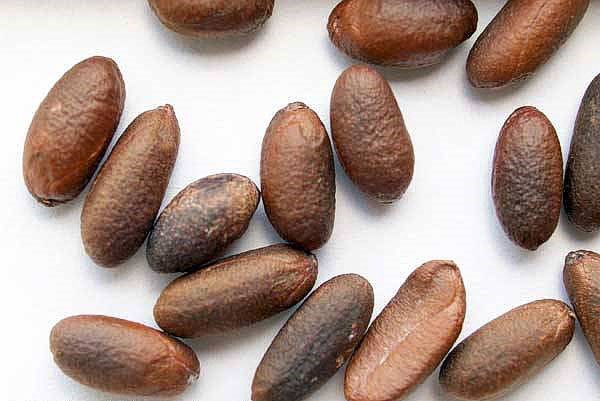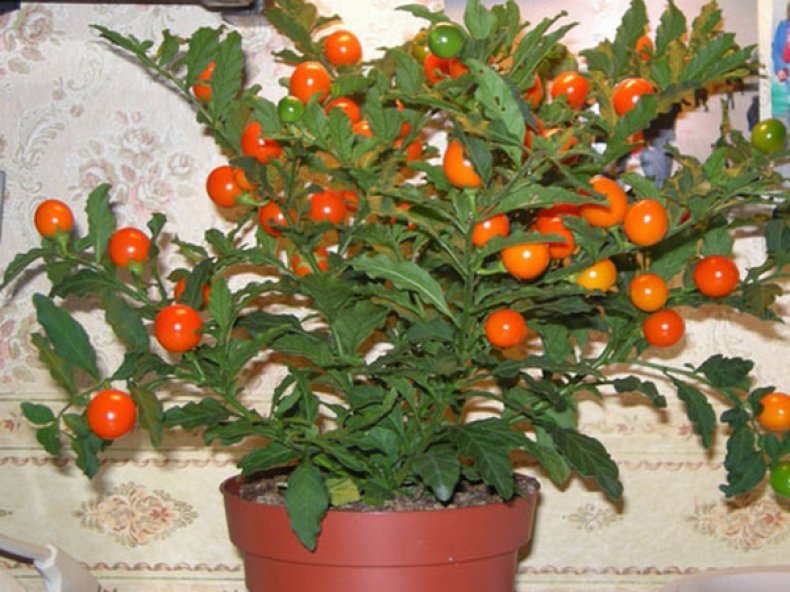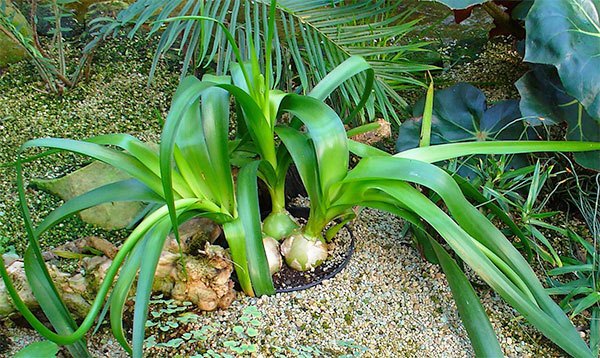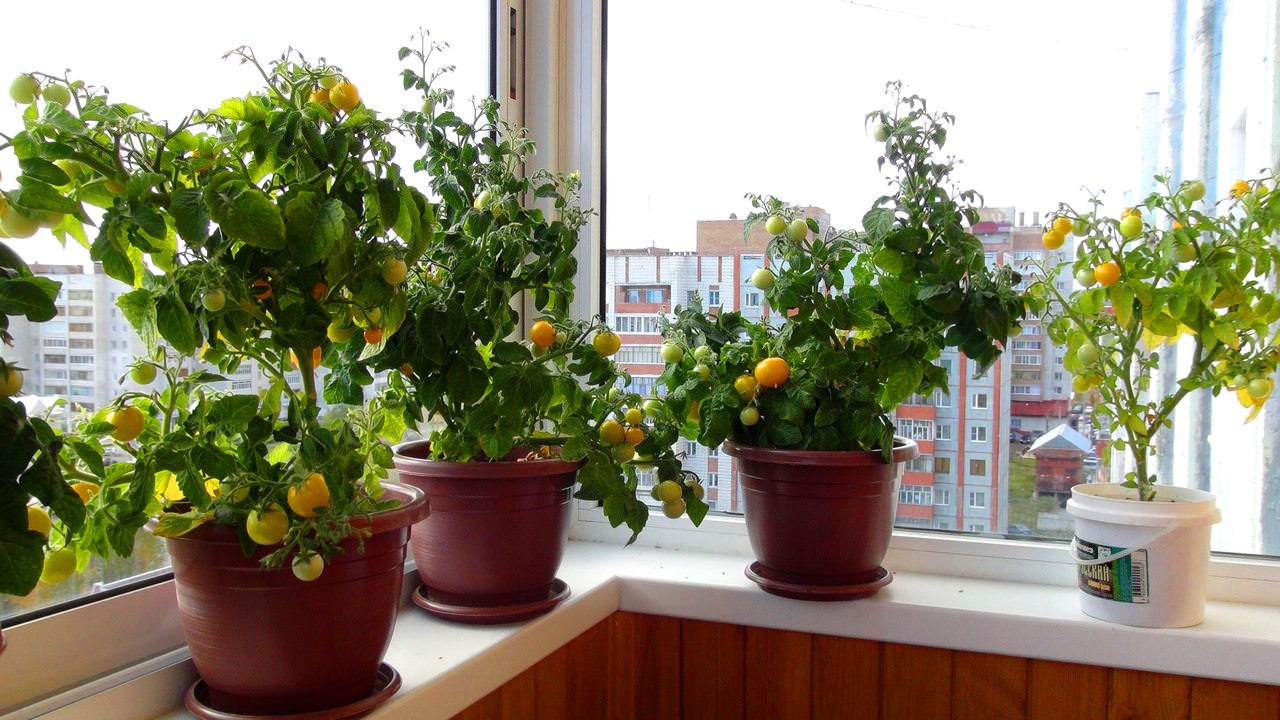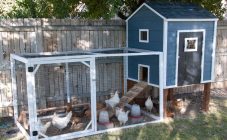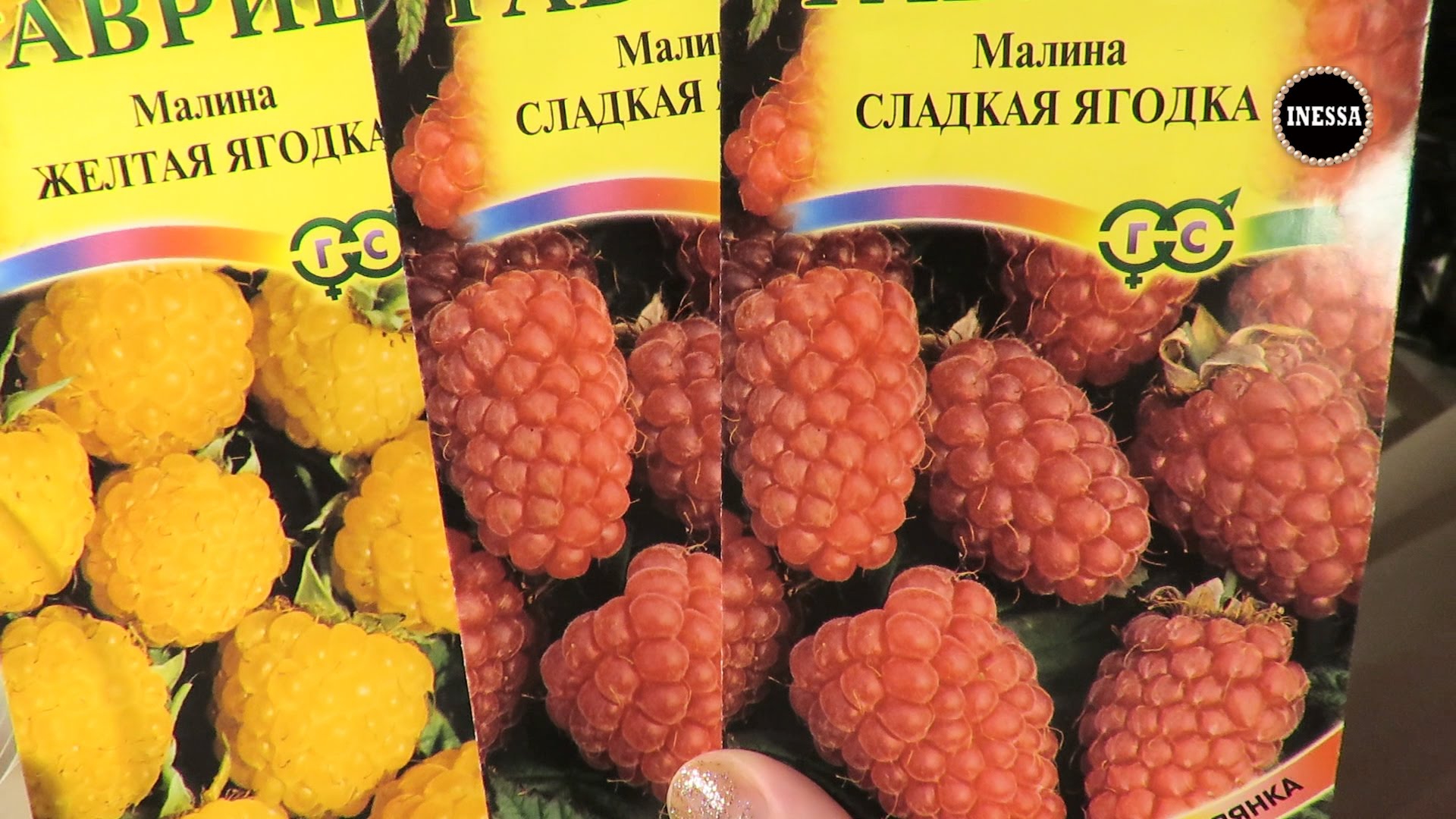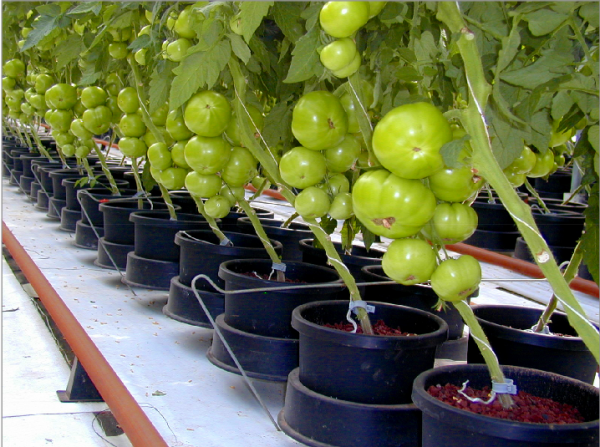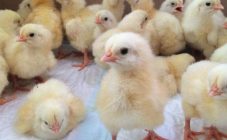Content:
Persimmon is a fruit tree that is grown in many southern countries, including Russia. This plant can be grown not only in the garden, but also on the windowsill. Of course, the tree on the window will be much smaller, but it is still possible to pick persimmons in your own apartment, because lemons, oranges and other citrus trees are grown and bear fruit at home.
Home-grown persimmons may be smaller than those harvested from the trees in the garden, but they are just as juicy and sweet. How to grow this small tree in an apartment will be described below.
Brief description of culture
Ancient Persia is considered the birthplace of persimmons, the name of this tree means "date plum", as dried persimmon tastes like dates. But some experts believe that China is the birthplace of the tree. Be that as it may, nowadays persimmons can be found in all countries of the world with a warm tropical climate.
Persimmons are cultivated in Japan, China, Brazil, Korea and Israel. It is from there that persimmons are exported to many countries of the world. In Russia, it can be grown in North Ossetia and the Krasnodar Territory.
Ripe fruits are large berries with tasty, juicy and fairly dense pulp, which in many varieties can be slightly viscous. Each fruit can contain up to 5-8 smooth dark seeds.
The following persimmon varieties are most often grown in Russia:
- Kinglet;
- Bull Heart.
The advantages of these varieties are in the excellent taste of ripe fruits that do not knit, but have sweetness and tenderness.
The main value of this culture is the high content of vitamins A and C in fruits. In addition, they contain a lot of magnesium, potassium, iodine. Due to its wide range of nutrients, eating persimmons can significantly improve health.
Useful properties of persimmon fruits:
- help to strengthen the heart muscle thanks to potassium;
- the presence of magnesium, as a natural antidepressant, helps to get rid of nervous disorders;
- the presence of pectins helps to improve the functioning of the intestines (toxic substances are removed, the effect of a mild laxative);
- improves the condition of the hair, skin and nails.
However, in some cases, persimmons cannot be eaten at all:
- due to the high content of sugar and tannins, the fruits have a negative effect on tooth enamel and teeth, contributing to their destruction;
- with diabetes, persimmon should be excluded from the diet;
- the tannins that make up the persimmon promote the adhesion of proteins, leading to disruption of the digestive process;
- tannins are present in the skin, which contribute to the appearance of gallstone disease and disrupt the digestion process.
Pitted persimmon at home: growing
The process of growing persimmons at home begins with the preparation of seed - after all, the easiest way is to grow it from a seed at home. Seeds should be selected from self-pollinated varieties. The berries from which the seed will be selected should not have visible damage and traces of decay. Also, do not take frozen berries - their seeds will not be viable. There should be no traces of mold on the sepals of the berry.To make the fruit ripen faster, it is placed next to the heating devices.
Before planting, the seeds of this berry should be prepared. The step-by-step instruction looks like this:
- at first they are kept for 48 hours in a weak solution of potassium permanganate for disinfection; only those seeds that sink to the bottom of the container are suitable for planting;
- the next stage is treatment with a growth stimulator solution;
- stratification within 60 days at a temperature of about + 4 ° С;
- then the seed is kept warm for 7 days (preferably near heating devices).
And already immediately before planting, the hard shell of the seed material is filed with emery so that the seedlings appear faster.
How easy is it to grow a persimmon at home from a stone? A recently proposed alternative does not involve seed preparation. At the same time, it makes it possible to grow persimmon from a stone with much less labor costs:
- after eating the fruit, do not throw away the seeds;
- prepare a pot in which to place a loose nutrient substrate;
- plant the seeds one at a time in prepared containers to a depth of about 1.5 cm, water and cover with polyethylene on top;
- keep containers of seeds in a warm place, ventilate regularly and water.
In such conditions, the first shoots appear in 12-14 days. However, the germination rate will be much lower.
Home-grown persimmon seeds should be grafted from other similar fruiting plants. In this case, the plant is guaranteed to begin bearing fruit a few years after planting.
A few tips:
- The soil for planting seed should be light and not too fertile. Usually, at home, river sand and high moor peat are mixed in equal proportions.
- For the initial planting, small containers are used in which persimmon shoots will grow until several true leaves appear.
- After sowing the seeds, the soil is moistened, and the container is completely placed in a plastic bag to create a greenhouse effect - so the seedlings will appear much faster.
- After the real leaves appear on the seedlings, the plants should be planted in separate containers, or the strongest seedling should be left and the rest removed.
A young transplanted plant grows well in a substrate consisting of:
- meadow humus;
- high-moor peat;
- river sand.
It will take a long time to grow such seedlings - at least 3 months. A young plant will quickly outgrow its capacity. After a while, the root system will increase in size, completely fill the container, and the seedling will have to be transplanted into a large container. Each new pot should be several centimeters larger than the previous one. At the same time, too large a container is also not good - in it, the free soil will rapidly sour, which is harmful for seedlings.
Further care for the growing persimmon is quite simple:
- Provide diffused lighting without direct sunlight onto the foliage. Normal daylight hours for persimmons are at least 12 hours, if necessary, additional fluorescent lamps are installed in the spring and autumn periods.
- In summer, pots with this tree can be taken out into the fresh air and kept in a shaded place.
- Watering is carried out in small portions to prevent the accumulation of moisture in the soil.
- Spraying the leaves is carried out every day.
- During the dormant period, the tree sheds its foliage, and it is moved to a dark, cool room. Watering is reduced to a minimum.
- During the period of growing vegetative mass, it is necessary to apply fertilizers in moderation, to transplant or replace the top layer of soil.
Watering is carried out only with filtered water at room temperature, after watering the containers should not be too dirty - the soil should be slightly damp. To reduce moisture evaporation, you can pour a layer of sawdust on top as mulch.
You should not use such "heavy" organic fertilizers as manure or compost as fertilizers. It is better to alternate fertilizing with mineral fertilizers and folk remedies (aloe juice solution, for example).
In order for a seedling to grow into a beautifully shaped plant, it must be properly shaped. When the first lateral shoots appear, the tops are pinched off to activate the growth of the lateral shoots. As a result of such actions, the young tree gradually acquires a beautiful spherical shape.
Persimmon pests, control measures and prevention
When grown at home, persimmon is practically not affected by pests and pathogenic organisms. But sometimes the tree can be affected by anthracnose, therefore, the irrigation regime should be observed, the correct temperature regime and appropriate air humidity should be maintained.
But in open ground, these fruit trees can be affected by the following diseases:
- powdery mildew;
- bacterial cancer;
- gray rot;
- root rot;
- black spot;
- scab.
And at home, the main pests of persimmon can be:
- shield;
- spider mite.
You can fight them with folk remedies. Washing the foliage with soapy water helps to remove pests well. Such processing is carried out no more than 1 time in 7 days. In total, no more than 4 such treatments should be carried out.
Persimmon on the windowsill in the apartment is exotic that attracts special attention. Few people even guess that growing this tree at home is possible. However, persimmon lovers, with some preparation, can easily grow delicious fruits.

